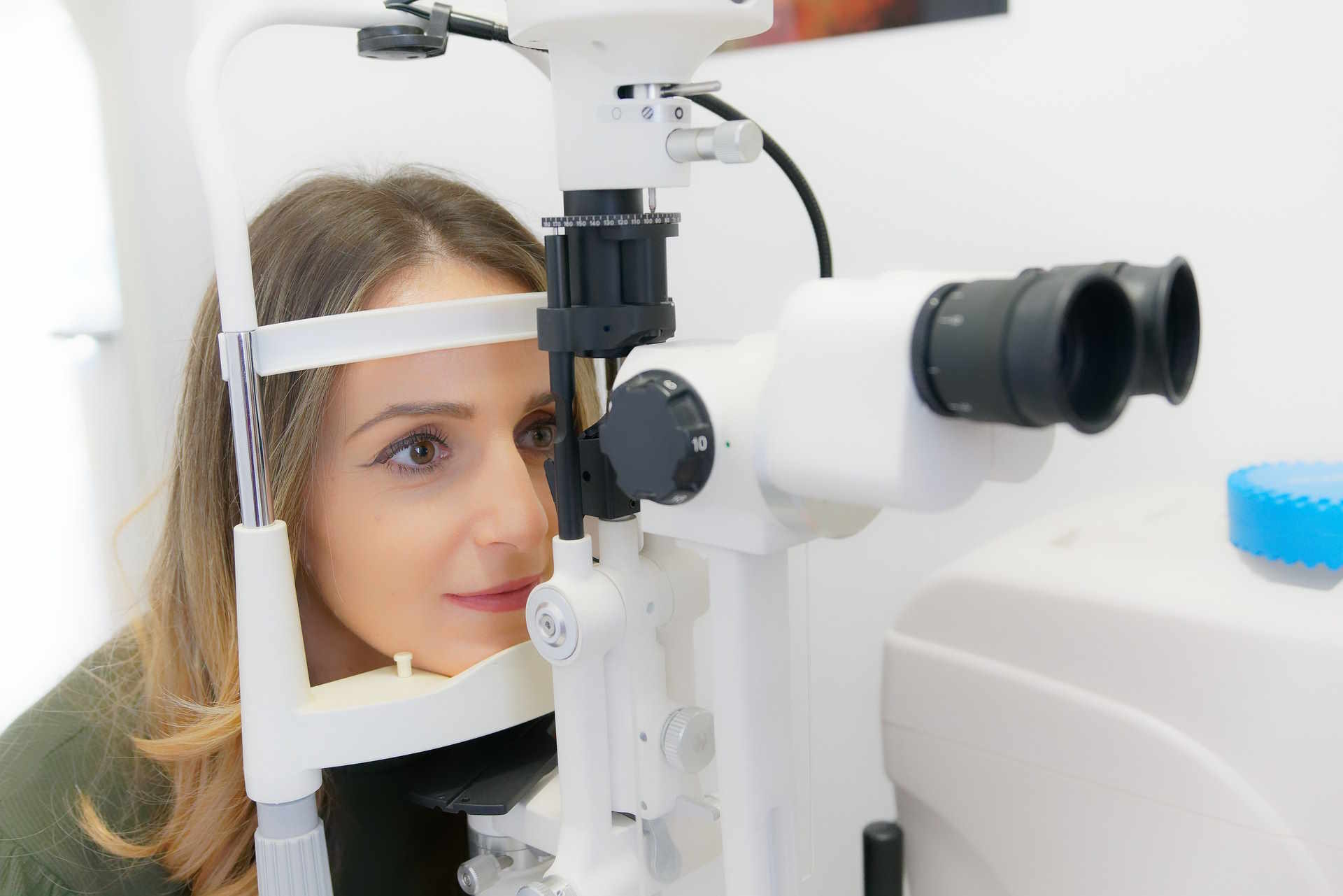Understanding Cataract Surgery: Advances, Costs, and Considerations
Cataracts affect millions of people worldwide, clouding vision and impacting daily activities. Modern cataract surgery has evolved significantly, offering patients safer procedures, faster recovery times, and improved visual outcomes. Whether you are considering private treatment or exploring your options, understanding the latest surgical techniques, cost factors, and what to expect can help you make informed decisions about restoring your vision and improving your quality of life.

Cataracts develop when the natural lens of the eye becomes cloudy, leading to blurred vision, difficulty seeing at night, and sensitivity to light. This common age-related condition affects people globally, and surgical intervention remains the most effective treatment. Advances in medical technology have transformed cataract surgery into a routine, minimally invasive procedure with high success rates.
This article is for informational purposes only and should not be considered medical advice. Please consult a qualified healthcare professional for personalized guidance and treatment.
What Are the Latest Advances in Cataract Surgery?
Modern cataract surgery has progressed far beyond traditional methods. Phacoemulsification, a technique that uses ultrasound waves to break up the cloudy lens, has become the gold standard. Surgeons make a tiny incision, remove the damaged lens, and replace it with an artificial intraocular lens (IOL). Recent innovations include femtosecond laser-assisted surgery, which offers greater precision in lens fragmentation and incision creation. Premium IOLs, such as multifocal and toric lenses, can correct astigmatism and reduce dependence on glasses after surgery. These technological advancements have significantly improved patient outcomes, shortened recovery periods, and enhanced overall visual clarity.
How Does Private Eye Surgery Differ from Public Options?
In Saudi Arabia, patients can choose between public healthcare facilities and private clinics for cataract treatment. Private eye surgery typically offers shorter waiting times, personalized care, and access to the latest surgical technologies. Private facilities often provide premium IOL options and advanced laser-assisted procedures that may not be readily available in public hospitals. However, public healthcare services remain accessible and deliver quality care at lower or subsidized costs. The choice between private and public treatment depends on individual preferences, urgency, budget, and desired level of personalized service. Consulting with ophthalmologists in both sectors can help patients understand their options and make the best decision for their circumstances.
What Factors Affect Cataract Treatment Costs?
Several variables influence the overall cost of cataract surgery. The type of intraocular lens selected plays a significant role—basic monofocal lenses are generally more affordable, while premium multifocal or toric lenses increase the price. The surgical technique employed, whether traditional phacoemulsification or advanced femtosecond laser-assisted surgery, also impacts costs. Facility fees, surgeon expertise, pre-operative assessments, post-operative care, and any additional medications or follow-up visits contribute to the total expense. Geographic location within Saudi Arabia and the reputation of the medical institution can further affect pricing. Patients should request detailed cost breakdowns from their chosen providers to understand what is included and avoid unexpected expenses.
What Should You Consider When Choosing Private Cataract Surgery?
Selecting private cataract surgery involves evaluating multiple factors beyond cost. Research the qualifications and experience of the ophthalmologist, including their track record with cataract procedures and patient reviews. Investigate the technology and equipment available at the facility, as modern tools contribute to better outcomes. Understand the types of intraocular lenses offered and discuss which option aligns with your lifestyle and vision goals. Inquire about the surgical process, anesthesia options, recovery timeline, and potential risks or complications. Transparent communication with your healthcare provider ensures you are well-informed and comfortable with your treatment plan. Additionally, verify whether your health insurance covers part or all of the procedure, as coverage varies widely.
Real-World Cost Insights and Provider Comparisons
Understanding the financial aspect of cataract surgery helps patients plan accordingly. Costs can vary significantly based on the factors mentioned earlier. Below is a general comparison of cataract surgery options in Saudi Arabia, including estimated costs and key features.
| Procedure Type | Provider Type | Key Features | Cost Estimation (SAR) |
|---|---|---|---|
| Standard Phacoemulsification with Monofocal IOL | Public Hospital | Basic lens, standard technique, subsidized care | 3,000 - 6,000 |
| Standard Phacoemulsification with Monofocal IOL | Private Clinic | Shorter wait times, personalized care | 8,000 - 15,000 |
| Laser-Assisted Surgery with Premium IOL | Private Clinic | Advanced technology, multifocal or toric lens | 15,000 - 30,000 |
| Laser-Assisted Surgery with Premium IOL | Specialized Eye Center | Top-tier equipment, experienced surgeons | 25,000 - 40,000 |
Prices, rates, or cost estimates mentioned in this article are based on the latest available information but may change over time. Independent research is advised before making financial decisions.
These estimates reflect typical pricing structures and can fluctuate based on individual circumstances, additional services, and specific provider policies. Patients are encouraged to consult multiple providers, request itemized quotes, and clarify what is included in the quoted price.
How Can You Prepare for Cataract Surgery?
Proper preparation enhances surgical outcomes and reduces anxiety. Schedule a comprehensive eye examination to assess the severity of your cataracts and overall eye health. Discuss your medical history, current medications, and any allergies with your ophthalmologist. Follow pre-operative instructions carefully, which may include fasting before surgery or temporarily discontinuing certain medications. Arrange for transportation to and from the surgical facility, as you will not be able to drive immediately after the procedure. Prepare your home for recovery by ensuring a clean, comfortable environment and having prescribed eye drops or medications readily available. Understanding what to expect during and after surgery helps you feel more confident and prepared.
What Is the Recovery Process Like After Cataract Surgery?
Recovery from cataract surgery is typically swift and straightforward. Most patients notice improved vision within a few days, although complete healing may take several weeks. You will need to use prescribed eye drops to prevent infection and reduce inflammation. Avoid strenuous activities, heavy lifting, and rubbing your eyes during the initial recovery period. Wear protective eyewear as recommended, especially when sleeping or in bright sunlight. Attend all scheduled follow-up appointments so your surgeon can monitor healing and address any concerns. While complications are rare, contact your healthcare provider immediately if you experience severe pain, sudden vision loss, or signs of infection. With proper care, the vast majority of patients achieve significant vision improvement and return to their normal activities quickly.
Cataract surgery has transformed countless lives by restoring clear vision and independence. Understanding the latest advances, cost considerations, and what to expect empowers you to make informed decisions about your eye health. Whether you choose private or public care, prioritizing quality treatment and open communication with your healthcare provider ensures the best possible outcome for your vision and overall well-being.




